Sintepon: features and subtleties of care
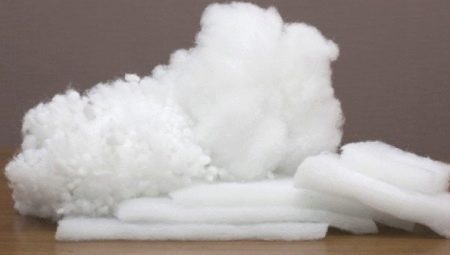
Insulation has always been a popular material when sewing winter and demi-season clothing. Until the 80s of the XX century, cutters used natural batting as insulation for jackets and coats. Batting, being a widespread, extremely practical and in-demand material, has many disadvantages, so its analogue, a synthetic winterizer, was invented.
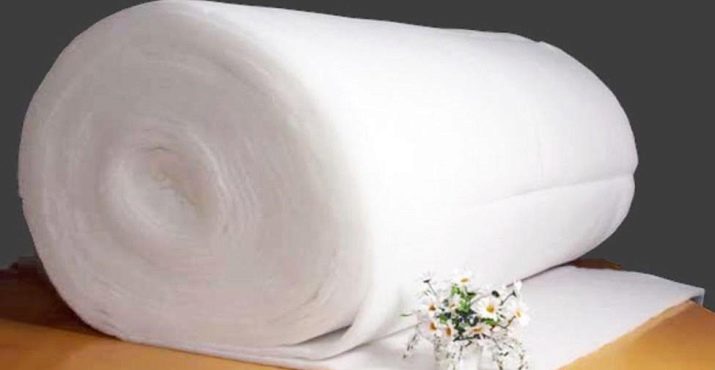
What it is?
On September 15, 2008, the Federal Service for Intellectual Property, Patents and Trademarks registered a patent under application number 2008136716/12 for the invention of a synthetic winterizer - a non-woven material with a random arrangement of fibers. The synthetic analogue of batting in terms of sanitary and hygienic conditions satisfied a number of conflicting requirements for clothing, namely:
- lining made of synthetic winterizer, thin, soft and lightweight;
- outerwear lined with non-woven polyester fiber retains heat well;
- synthetic nonwoven material is easily washed at home and treated with reagents during dry cleaning;
- the analogue of batting does not ignite when hot ash from a cigarette hits it;
- when heated above + 40 ° C, exposure to atmospheric precipitation and sweat, no poisonous and strong-smelling chemicals are released;
- the synthetic winterizer does not collapse from atmospheric precipitation, with prolonged exposure to mechanical stress and open fire.
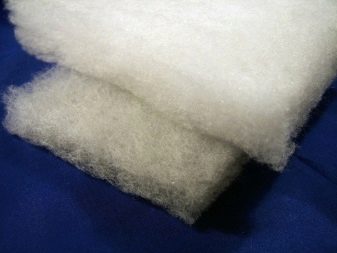
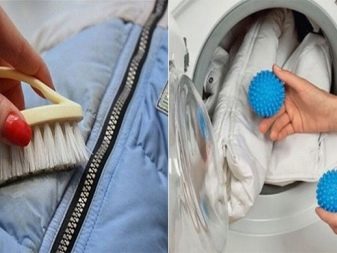
Sintepon is an artificial non-woven substitute for batting, which is made from polyester fiber or granules by thermal, glue or needle-punched method. Sintepon or polyethylene terephthalate completely replaces batting. Insulation is made from padding polyester; it is also used as a filter for fine purification of drinking water. Industrial production technology allows the production of synthetic winterizer from polyethylene granules, as well as from garbage - bags and bottles. The line for the production of synthetic winterizer by the thermal method consists of the following devices:
- compartment for loading raw materials;
- a unit for grinding raw materials and irrigation with mineral oil;
- a unit for combing fibers;
- induction heating furnace;
- unit for packing synthetic winterizer.
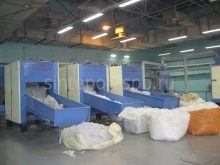

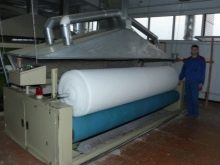
Granular polyethylene terephthalate or shredded plastic is poured into the loading bay. Mechanical gears with circular knives crush the raw materials and moisten them with mineral oil from the spray head. The combing unit combs the fibers along the length, removes debris and lumps before feeding to the induction furnace for sintering. The air stream feeds the fibers into an induction furnace heated to a temperature of +380 to + 420 ° C, inside which a ceramic disk rotates at high speed.
When in contact with the disk from the high temperature, the fibers melt, the centrifugal force forms threads about 1 micron thick from the melt. The air flow from a powerful fan blows the threads into the chamber, from which the heated rolls form a pad of padding polyester with a thickness of up to 5 centimeters and feed it for packing in plastic bags.
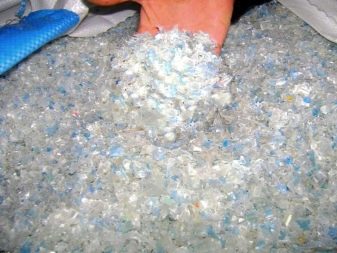
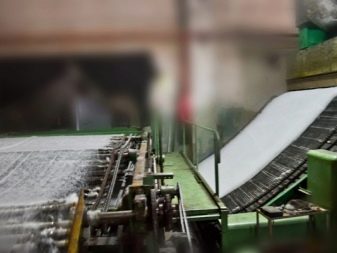
This filler has the following advantages:
- low density;
- does not absorb moisture;
- not blown by the wind;
- does not burn under the influence of an open flame;
- does not emit toxic substances when heated and in contact with water;
- synthetic winterizer products are light and soft;
- keeps warm well;
- does not require special care;
- low cost;
- does not fall into lumps and does not deform.
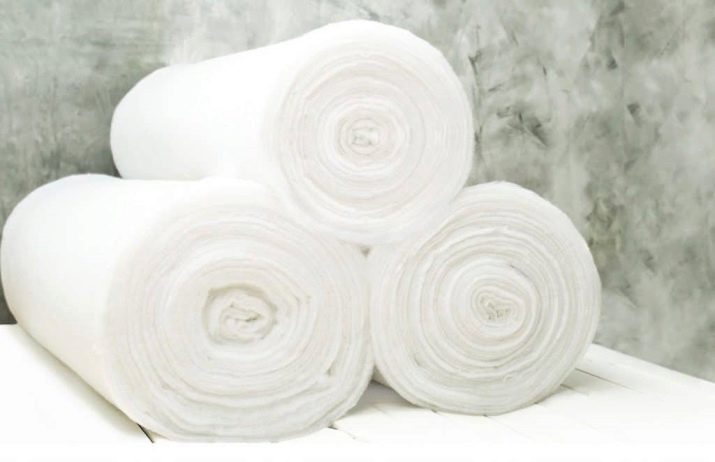
But it is also worth highlighting the disadvantages, such as:
- can not be dry-cleaned and washed in water warmer than + 40C;
- with frequent washings, it gradually loses its density;
- latex glue used for the manufacture of adhesive padding polyester poses a real danger to human health.
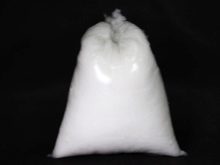

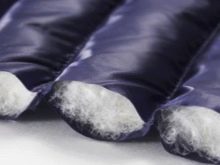
What is it used for?
The synthetic winterizer is used as a heater when sewing winter coats, jackets and coats. It is also used for stuffing mattresses, pillows, stuffed animals and technological compartments in refrigerator and car doors. Sintepon cotton wool and single-layer synthetic winterizer plates are used as insulation for winter clothes, warm blankets, sleeping bags, car interiors, children's and medical thermal underwear. Insulation for the refrigerating chamber and thermal insulation for the thermos flask are made from blocks of synthetic winterizer wrapped in aluminum foil.

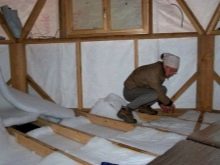
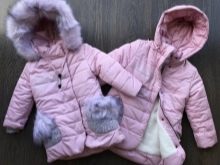
A protective layer of a heat-resistant suit of the EMERCOM of Russia rescuers was made from packages of aluminum foil with synthetic winterizer fibers. Cellophane bags filled with thin layers of padding polyester with the addition of boron, cadmium, molybdenum and lead salts fill the compartments of a high-level anti-radiation suit. It is used by cosmonauts, pilots of fighter aircraft, members of polar expeditions, climbers and emergency crews at nuclear power plants. The small distance between the polyester fibers, commensurate with the size of the kitchen salt molecule, makes it possible to manufacture a high-quality filter from synthetic winterizer for fine purification of drinking water without activated carbon and ion-exchange resins.
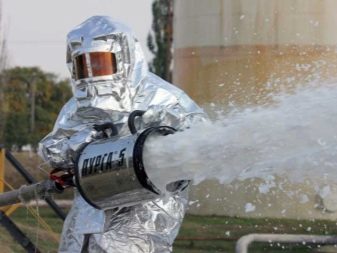
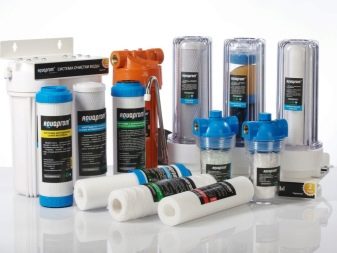
Composition
Based on the results of spectral analysis of finished products, the following approximate chemical composition of the padding polyester was determined:
- hollow polyethylene fibers - up to 30%;
- hot-melt polyethylene fibers - up to 25%;
- other polyester fibers - up to 45%.
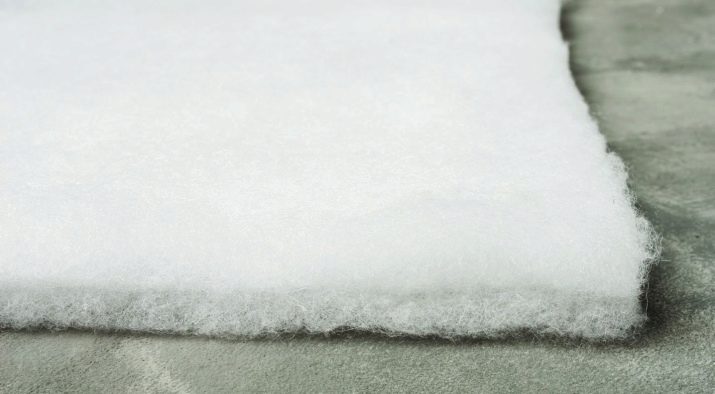
The exact proportion of the components in the finished product and even their presence is not regulated by any documents.According to experts, the composition of the padding polyester depends not only on the production technology and the quality of the feedstock. The gas composition of the atmosphere and the temperature in the chamber where the polymer fibers are sintered are of great importance. Its physical and mechanical properties largely depend on the method of obtaining synthetic winterizer from granular polyethylene. The production of padding polyester is carried out in several ways.
- Thermal. Under the influence of high temperature, polyester fibers melt and sinter together at the points of contact. The material obtained in this way has increased wear resistance, poor thermal conductivity and increased rigidity. It goes into the manufacture of mattresses, folding chairs and office furniture.
- Glue. Individual polyester fibers are glued layer by layer with latex glue, which is obtained by dissolving rubber in a hot concentrated ammonia solution. Sodium polyacrylate is used as a thickener. When heating a synthetic winterizer obtained by the adhesive method to a temperature above + 40 ° C, poisonous volatile compounds of ammonia, phenol and carbolic acid are released into the air, which cause its specific smell. According to sanitary standards, the glue padding polyester cannot be used to make winter clothes for children, pillows and soft toys.
- Needle punched. Polyester fiber is sewn on a special sewing machine with nylon thread. This technology is used in the production of lining for winter and demi-season clothing, as well as in the sewing of a quilt.
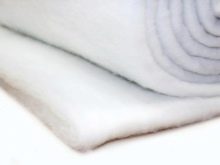
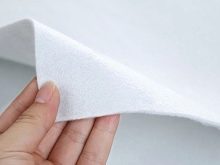

According to manufacturers, supported by international certificates and diplomas, synthetic winterizer is made from polyester fiber by pulling the finest threads from the melt with their subsequent pressing or gluing into layers or granules. In fact, in most cases, manufacturers, frankly, blatantly lie to the buyer, looking straight in the eyes, using the following points:
- standing near the counter, the customer cannot look under the outer covering of the jacket or overalls and feel the lining material with his hand;
- Currently, in Russia and in foreign countries, there is no GOST or other documents that clearly regulate the chemical composition, production technology and physical properties of this material.
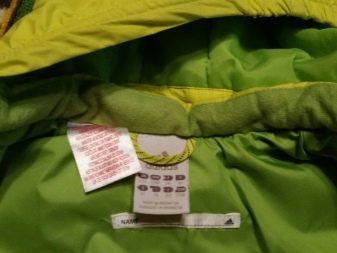
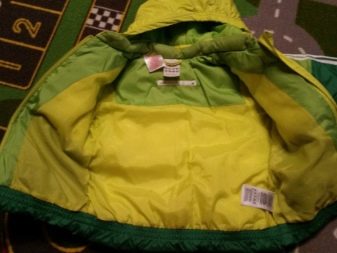
Taking advantage of these moments, synthetic winterizer manufacturers, obsessed with the desire to obtain maximum savings at any cost, do not disdain anything, from an elementary violation of production technology to the use of chemicals and additives prohibited by law. These points should be taken into account by young mothers who buy cheap overalls and jackets on synthetic winterizer for their babies in the markets with Made-in-China or Made-in-Europe labels. Instead of a layer of warm and safe holofiber or padding polyester, under a bright patch of nylon in these clothes, at best, mineral wool, glass wool or ordinary foam rubber can be hidden.
The problem of using polyester insulation has not only legal, moral, ethical and economic aspects. Deceiving the consumer when buying is just the tip of the iceberg.
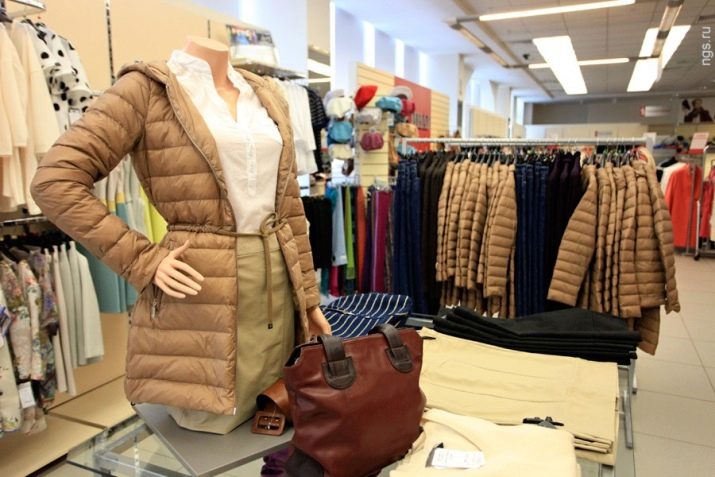
Compounds of polyester and polyamide do not enter into chemical reactions with oxygen and nitrogen in the air, do not dissolve in water even in the presence of catalysts. Waste disposal plants in Russia and around the world burn thousands of tons of synthetic fabrics in ovens every day, saturating the already polluted atmosphere with highly toxic compounds of phenol, benzene and acetaldehyde. The ecological problem of complete utilization of polyester resins and their derivatives is very similar to the situation with DDT, which was found in the liver of Arctic whales and penguins at the end of the 20th century after the massive use of dust in vegetable gardens and fields.
According to the report of Swedish doctors at the International Scientific and Practical Conference, a whole group of materials based on PVC, caprolactam and polyesters should be immediately banned from being used as raw materials for the production of clothing, bedding, tableware and household items.
At temperatures above + 24 ° C, persistent highly toxic compounds of acetaldehyde, phenol and benzene are released from the synthetic winterizer upon contact with atmospheric moisture and sweat on the human body. They can be harmful to health even at a concentration of one millionth of a percent.

According to the statistical and experimental data obtained by scientists, these substances affect the process of DNA replication during cell division, thereby causing irreparable harm to the health of not only its owner, but also to hereditary diseases, metabolic disorders in subsequent generations, and even to infertility.
Types and their properties
Sintepon is a non-woven fabric. Depending on the production technology, experts distinguish the following types of padding polyester:
- wool (wool stepon);
- synthetic fluff;
- holofiber.
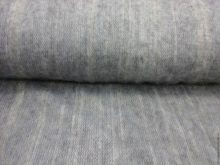
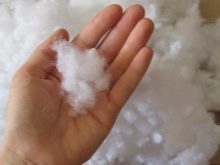

It is worth considering each of the types of padding polyester in more detail.
Holofiber
Currently, there are several types of holofiber.
- Holofiber Soft. High air permeability does not interfere with thermoregulation, retains its shape after repeated washings. This material is used for sewing high quality fashion clothes, warm clothing for athletes, suits for climbers and tourists, as well as for children's clothing sets.
- Holofiber TEK. It is a professional insulation for winter clothing for oil and gas workers. It is resistant to solvents and fuels and lubricants, does not wrinkle during washing, and is resistant to low temperatures. This option is used for sewing workwear and personal protective equipment.
- Holofiber Story. It is a low-temperature insulation for walls and floors. It is recommended to use it as a thermal insert or an inter-lead seal. Its advantages include low thermal conductivity and good sound insulation.
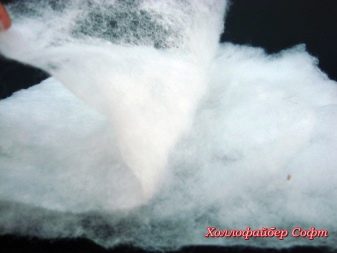
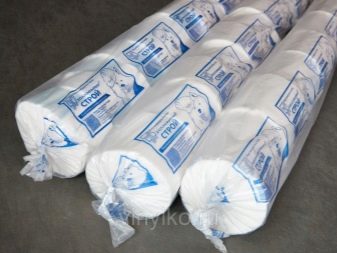
- Holofiber Volumetric. It is a popular insulation for children's clothing. It neither causes allergic reactions, nor crumples during wear and does not burn when in direct contact with an open flame.
- Holofiber Hard. This option is used in construction practice as thermal insulation. It neither shrinks, nor absorbs moisture and does not generate dust.
- Holofiber Medium. It is used to make baby kits, hospital discharge envelopes, crib bumpers, and baby pillows and mattresses.
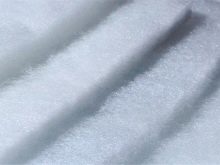

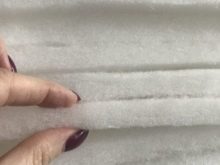
Sherstin
The synthetic winterizer with the addition of camel or sheep wool is used in the production of belts from dog, camel or sheep wool. Belts have a lasting therapeutic effect without pills, ointments and injections for diseases of the musculoskeletal system (bruises and fractures, neuralgia, sciatica, arthritis, arthrosis, osteochondrosis, neuritis). The belt does not stimulate the growth of cancerous tumors. Warming socks and knee pads made of wool with viscose additives are used by athletes during intensive outdoor activities in winter. Underwear is made from sherstapone with the addition of 10% lavsan, which is worn by high-altitude installers at the construction of power lines and fitters when performing routine work on replacing insulators on the supports of high-voltage power lines in the cold season beyond the Arctic Circle, in Siberia, Yakutia and the Far East.
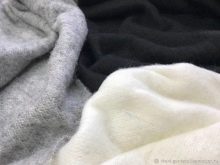
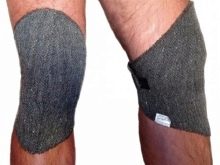

Synthepukh
Fluffed synthetic winterizer with the addition of natural down is used for filling pillows, overalls and winter blankets. It does not clump, does not require periodic drying in the sun and does not absorb unpleasant odors.
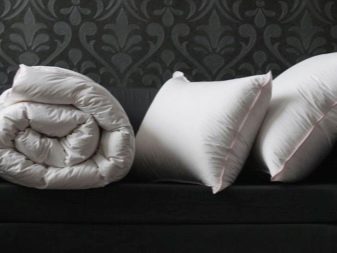
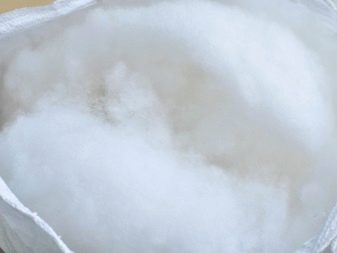
Where is it used?
Good thermal insulation properties of padding polyester make it an indispensable filler for children's winter clothing, cosmonaut suits, polar explorers, divers, paratroopers, mine rescuers, skiers, climbers, employees of the Russian Emergencies Ministry. Winter jackets, overalls and overalls protect the human body well from overheating and hypothermia. The padding made of synthetic winterizer is resistant to compression, is not afraid of direct sparks, ash from a cigarette and prolonged exposure to open fire. Dense synthetic winterizer is used as a filler in the manufacture of upholstered furniture. They are used to fill piers and technological niches in modern houses with underfloor heating.

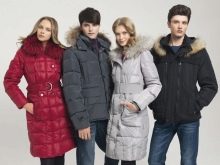

Subtleties of care
The synthetic winterizer does not lose its properties under mechanical stress, does not fall off in lumps and does not absorb unpleasant odors, unlike its predecessors - batting, felt and foam rubber. In order for a padding polyester insulation to retain heat well and serve as long as possible, the following rules must be observed:
- for washing jackets or coats with padding polyester, it is recommended to use a detergent for washing synthetic fibers;
- washing powder with enzymes, bleaches and dyes should be used very carefully;
- the use of chlorine-splitting substances is strictly prohibited;
- if the padding made of synthetic winterizer is heavily soiled, it is best to dry-clean the clothes, which guarantees the quality of washing and the safety of the clothes;
- it is possible to wash clothes with a padding polyester in a washing machine at a temperature not higher than +40 degrees;
To remove greasy stains from clothes, the lining of which is made of polyester, do not use solvents (gasoline, acetone), bleach, strong acids and alkalis, chlorine-splitting agents, otherwise the synthetic winterizer may lose its physical properties.
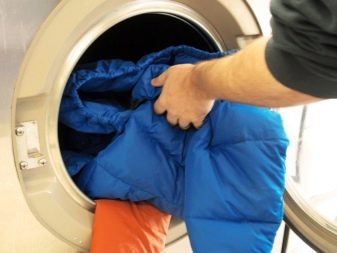
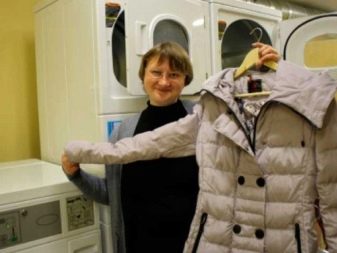
- so that the synthetic winterizer does not roll into lumps after washing, do not rub clothes in a washing solution with your hands; it will not be easy to straighten and fluff the crumpled lining after such a wash;
- if the synthetic winterizer, despite all the precautions, has got lost in lumps - you need to send the jacket or coat to the washing machine once again, after putting there a few tennis balls, which, when washing in a drum, can beat the compacted places.
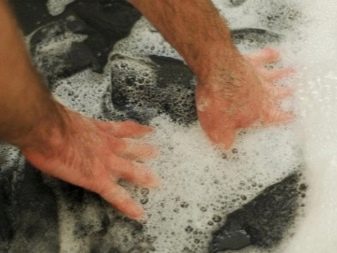
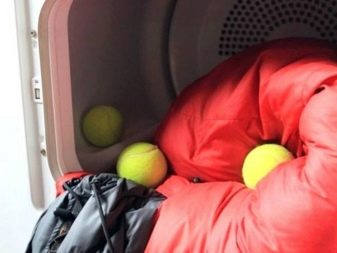
Clothes in the washing machine must be processed in the "wash synthetics" mode, as it provides delicate washing of items with padding polyester insulation at low speed of the washing drum and prevents the formation of lumps on the lining.
The washing process is carried out in the following way:
- turn the product inside out before washing;
- stains must be removed with laundry soap or a special stain remover;
- before washing, be sure to put ballpoint pens, felt-tip pens, markers out of your pockets;
- clothes must be packed in a cloth bag before washing; it will protect clothes and padding polyester lining from mechanical destruction;
- the temperature of the solution in the washing machine should not exceed + 40 ° C;
- the switch for washing modes must be set to the "Synthetics" position;
- to avoid soap halos, things should be rinsed well after washing;
- dry things in a horizontal position on a large towel.
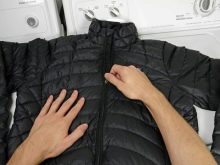

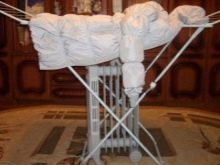
It is unacceptable to accelerate the drying of things by ironing with a hot iron, because this can destroy the padding polyester and change the shape of things.
In order to quilt fabric at home, we perform the following steps step by step:
- we take two identical scraps of fabric for the top and bottom and a piece of padding polyester of the same size;
- move the rulers to set the distance between the lines from 2 to 8 centimeters;
- remove the standard foot from the sewing machine adapter and install the walking foot;
- we fix the new foot with a screw;
- we check the material flow and the quality of the stitch on a piece of fabric - the teeth on the sole of the foot should move synchronously with the teeth of the conveyor, the stitch loop should be in the thickness of the material; if necessary, adjust the stitch length and thread tension;
- on both sides of the lining, apply a small amount of glue from a spray gun and apply material to it from the front and from the wrong side;
- mark out the lines for the line with chalk;
- we sew the material with lines crosswise, moving from the center to the edge;
- when moving to the next seam, make sure that the material does not move;
- if necessary, use a decorative loop along the edges of the blanket.
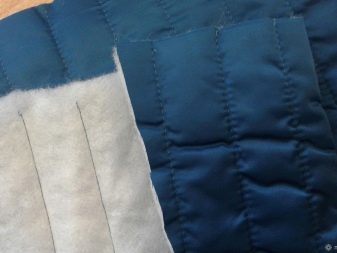
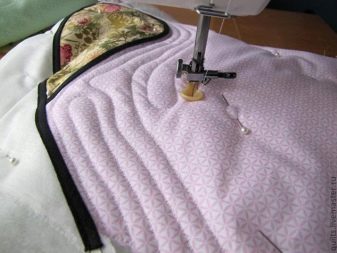
About synthetic winterizer, what it is and how it is made, see the next video.








